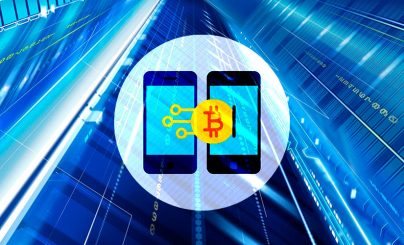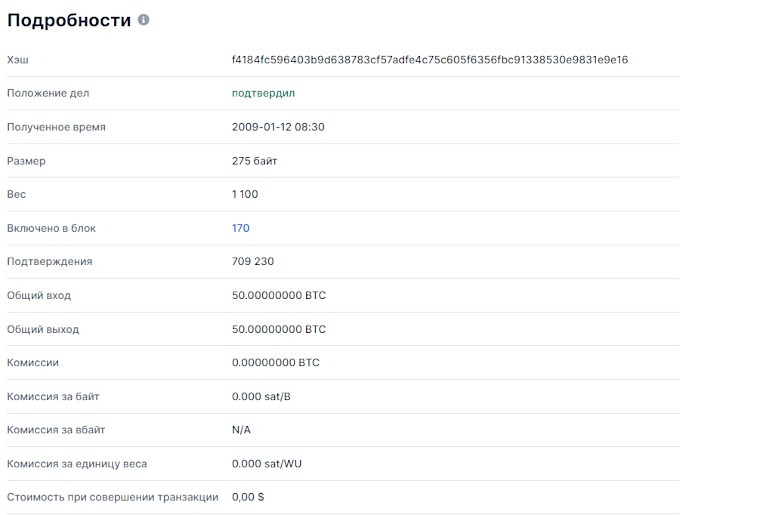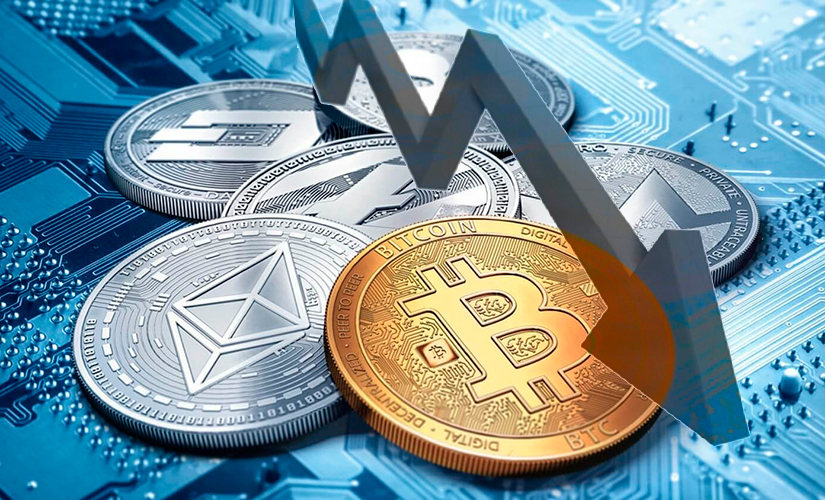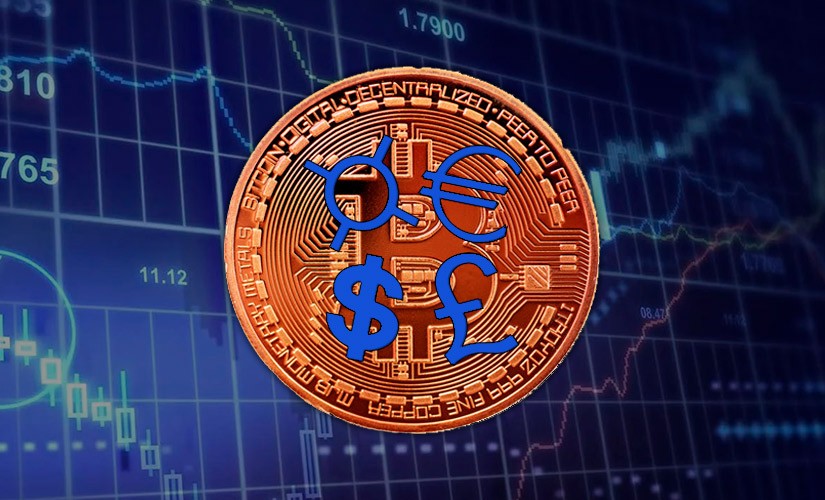
The Bitcoin blockchain is a decentralized public registry. It consists of a chain of blocks that store data on all transactions. According to the resource Bitcoin.com, as of November 2021, more than 680 million transfers have been made in the Bitcoin network. Some transactions have earned special attention from users. One of them is the first transaction in the Bitcoin network. It was conducted by the creator of the blockchain.
History of the first transaction in the Bitcoin network
The developer of Bitcoin under the pseudonym Satoshi Nakamoto sent out the “raw” code of the blockchain system and the principle of its operation on November 16, 2008. The recipients were well-known cryptographers, including Hall Finney. He became famous for developing the Reusable Proof-of-Work protocol, a consensus algorithm. A similar mechanism is used in the Bitcoin blockchain network.
Reusable Proof-of-Work confirms the transaction centrally (on the server) and requires fewer resources to reach consensus. The protocol used in Bitcoin works in a distributed manner. One miner finds the correct solution to a cryptographic problem, and the others verify its validity.
Hall Finney was more interested in Satoshi’s ideas than the others. He helped with the refinement of the blockchain and checked the program code for bugs. Soon, on January 12, 2009, the first BTC transaction was made. The transfer was done as part of testing the blockchain system. Satoshi sent 10 digital coins to Hall Finney’s account (40 koins were returned as change).

This transfer of coins in the Bitcoin payment system is the only one that its developer conducted by his own hand. In April 2011, Satoshi Nakamoto disappeared without revealing his identity. The controversy about his person in the media does not subside even 10 years later.
How to find the first transaction on the network
The blockchain records information about all transactions. Every user has access to this data. To find the first transfer of digital coins in the system, you will need a site-explorer (blockchain browser). The most popular ones are presented in the table:
5020 $
bonus for new users!
ByBit provides convenient and safe conditions for cryptocurrency trading, offers low commissions, high level of liquidity and modern tools for market analysis. It supports spot and leveraged trading, and helps beginners and professional traders with an intuitive interface and tutorials.
Earn a 100 $ bonus
for new users!
The largest crypto exchange where you can quickly and safely start your journey in the world of cryptocurrencies. The platform offers hundreds of popular assets, low commissions and advanced tools for trading and investing. Easy registration, high speed of transactions and reliable protection of funds make Binance a great choice for traders of any level!
| Name | Brief description |
|---|---|
| Blockchain.com. | A functional service that offers opportunities to exchange and store cryptocurrencies. Allows you to view information about all transactions, blockchain blocks and wallets. |
| Blockchair | This explorer offers users to view 17 different blockchain networks. Provides data about all wallets, chain links and transactions. |
| Blockcypher | Allows you to find information about transactions, blocks and wallets. Is a simplified version of Blockchair (outputs less data from the cryptocurrency chain – onchain metrics – for viewing). |
| SoChain | A service for issuing onchain metrics with the ability to store digital currency in wallets. |
To search for a particular transaction in the blockchain, you need to know the hash (TxHash or TxID). It represents the identification number of the transaction. The hash is displayed in the characteristics of each transaction on the wallet. It should be inserted into the explorer search bar, after which the onchain metrics will be obtained.
By clicking on the link to the first transaction in the Bitcoin network, you can see the onchain metrics of the operation. They show that the transfer of BTC digital currency was performed in block #170. The identifier of the used wallet is 12cbQLTFMXRnSzktFkuoG3eHoMeFtpTu3S.
Satoshi Nakamoto’s address
The creator of the first blockchain network hides information about himself. The crypto community continues to discuss the issue of the number of coins on his digital wallets. Whale Alert suggested that by May 2010, Nakamoto had mined 1.125 million bitcoins. This showed a study based on the extra nonce method proposed by Sergio Lerner. Using patterns, the analysts identified the early links of the blockchain that Satoshi could mine.
His crypto coins are stored on different wallets. Their exact addresses are not known, so it is impossible to name the largest of the vaults. Bitcoin users, analysts and media only speculate about it. In July 2018, 85,947 bitcoins were sent to a newly activated wallet. The media started rumors that the transfer was made by the creator of the first cryptocurrency. However, there is no confirmation of this.
In November 2021, Nakamoto definitely owned more than 68 bitcoins on the first block in the genesis wallet network. It is not included in the block chain due to the peculiarities of cryptocoding. Therefore, it is technically impossible to withdraw coins from there. The address of the first wallet is 1A1zP1eP5QGefi2DMPTfTL5SLmv7DivfNa.
Other known transactions in the Bitcoin (BTC) network
There are transactions conducted on the Bitcoin blockchain that have left a mark on history. The most famous BTC transactions as of November 2021 are:
- The first sale of cryptocurrency for fiat money. The transaction took place on October 12, 2009. Martti Malmi sold the mined 5050 bitcoins for $5.02.
- A BitcoinTalk forum user named Laszlo Hanech ordered home 2 pizzas for 10 thousand BTC. In May 2010, their value was $25. Eleven years later, so many digital coins were worth more than $600 million.
- The head of the Mt. Gox exchange Mark Karpeles transferred 442 thousand BTC from the hardware wallet. In June 2011, the site was hacked, and customers began to panic. The operation was carried out to prove that the situation was under control and the cryptocurrency was safe. The transfer is one of the largest in history.
- In April 2016, an unknown user sent 0.0001 BTC, paying a 291 bitcoin fee. At that exchange rate, the fee amounted to $137k.
- A transaction amounting to 194,993 BTC in late 2013. The sender remained unknown, and the crypto community had an assumption that it was Satoshi Nakamoto. No one was able to refute or prove it.
- The theft of 20 thousand bitcoins as a result of a hack of the cryptocurrency exchange Bitstamp.

Frequently Asked Questions
📅 When did the blockchain of the BTC coin launch?
Its creator published the Bitcoin code in the public domain on January 3, 2009. On the same day, the genesis blockchain was created, which marked the beginning of the Bitcoin system.
🦸♂️ Why didn’t Nakamoto reveal his identity?
One theory is that he was simply afraid of publicity. Another is fear of being in danger.
💰 How much did miners get paid for mining a block at the beginning of the Bitcoin network?
Since the launch of the blockchain system, the reward for successfully solving a cryptographic problem was 50 BTC. This continued until the first halving. It was held on November 28, 2012.
❓ What is halving?
It is a procedure of reducing the reward to miners for a mined block by 2 times. The last Bitcoin halving was performed in May 2020. The amount of reward was reduced to 6.25 BTC.
💵 What is Satoshi Nakamoto’s financial status?
If analyst Sergio Lerner is to be believed, the Bitcoin creator has 1.125 million BTC on his wallets. As of November 2021, the value of all his coins exceeds $72 billion. The calculations did not include cryptocurrencies obtained in the process of Bitcoin forks.
Error in the text? Highlight it with your mouse and press Ctrl + Enter
Author: Saifedean Ammous, an expert in cryptocurrency economics.














